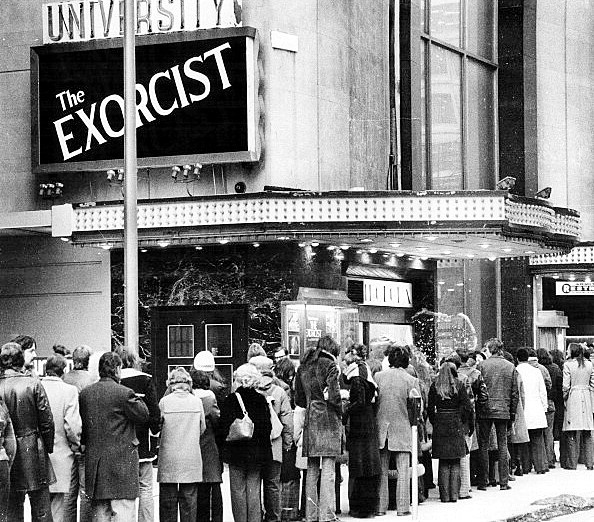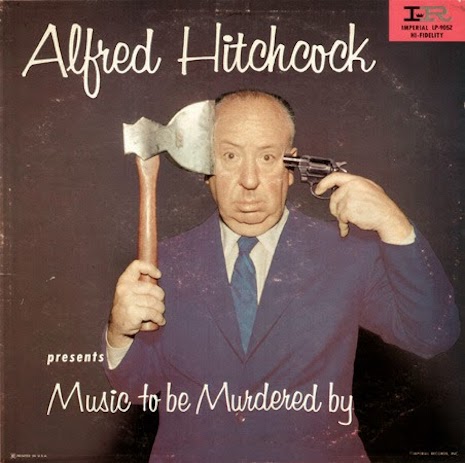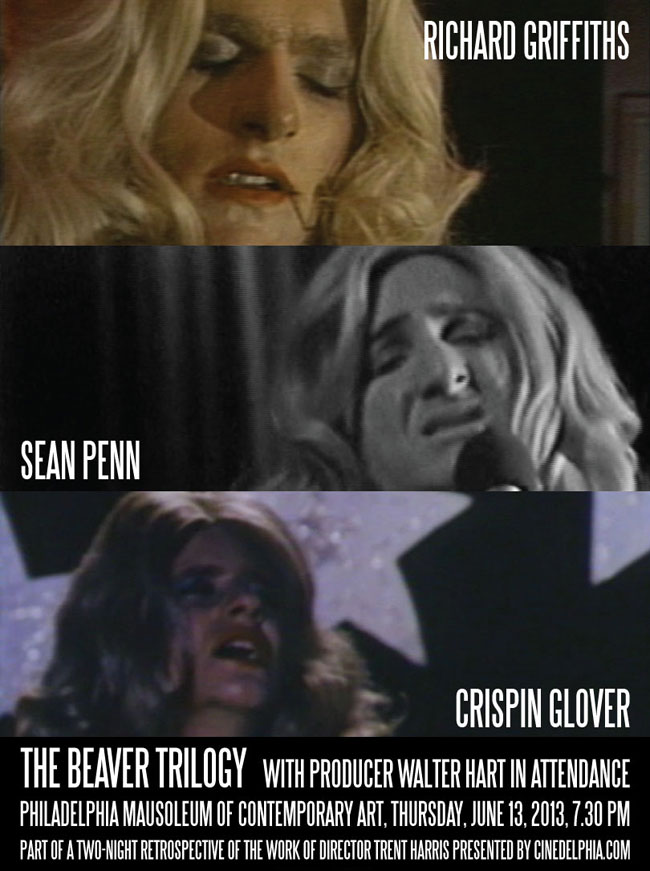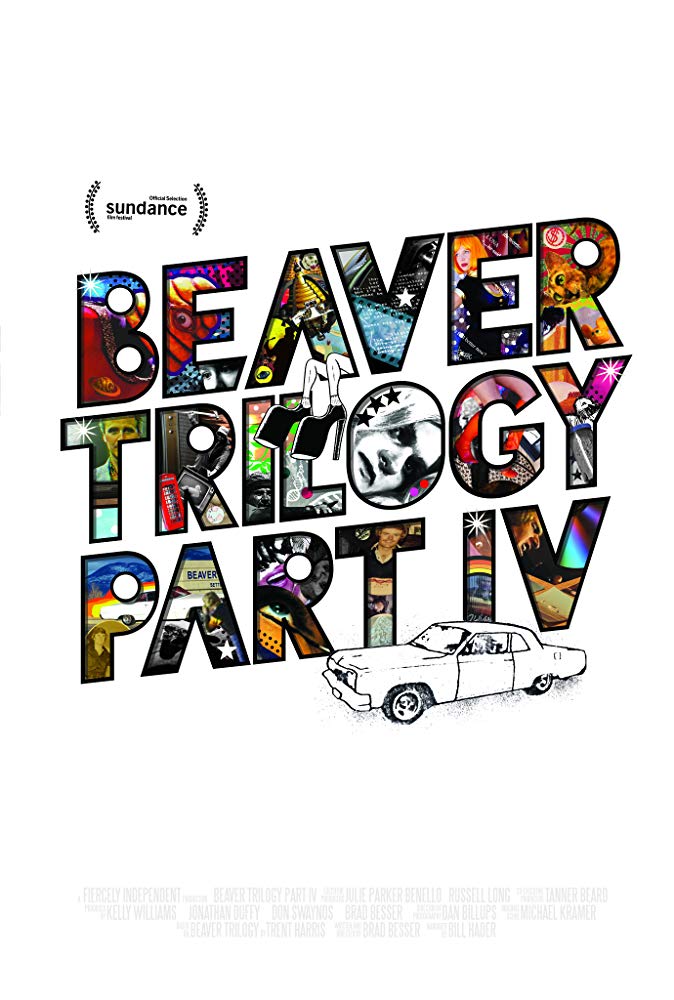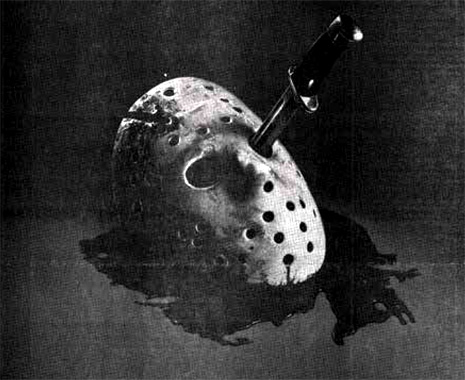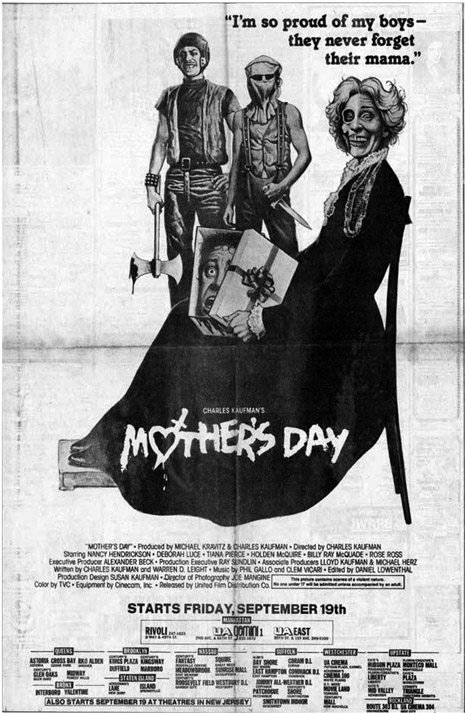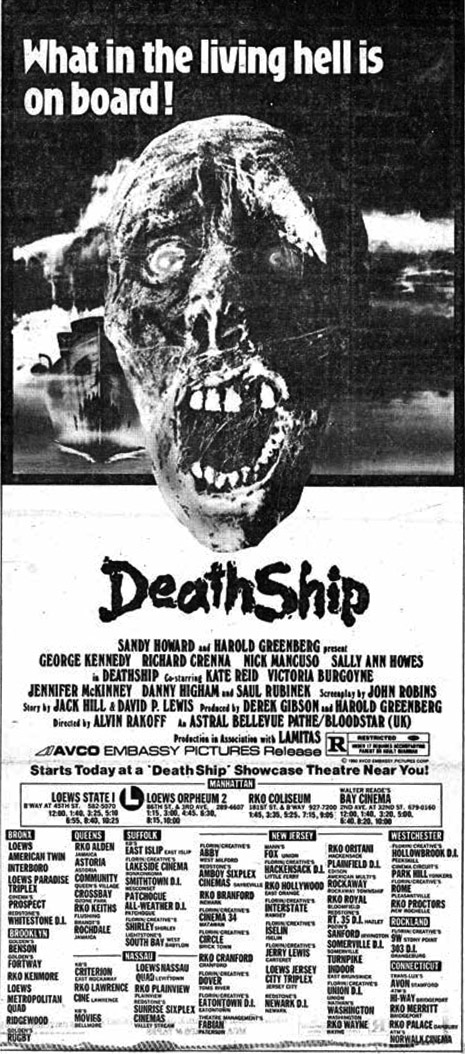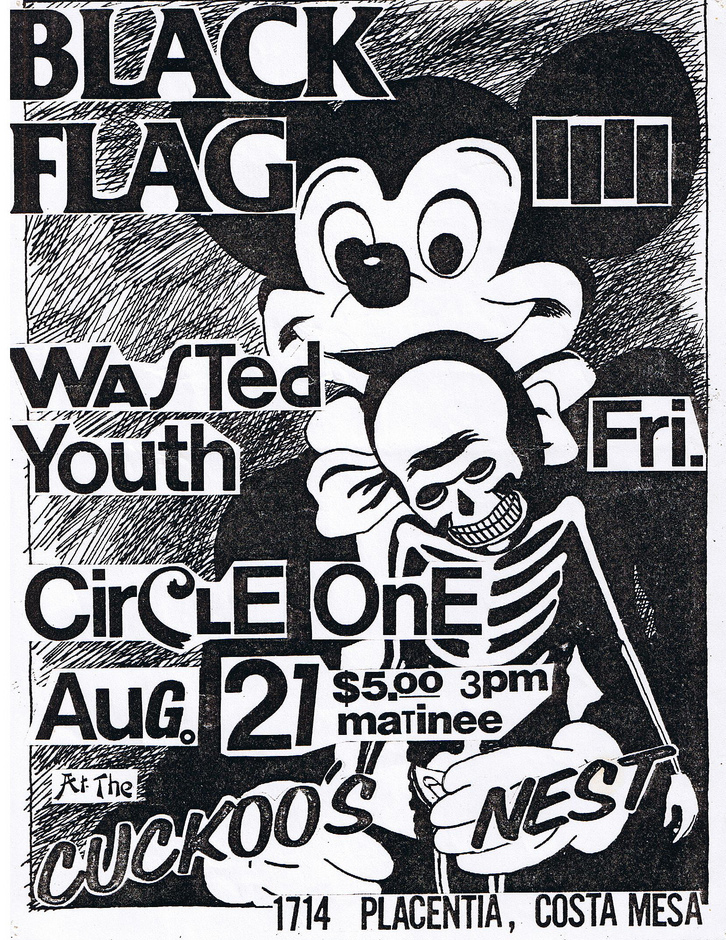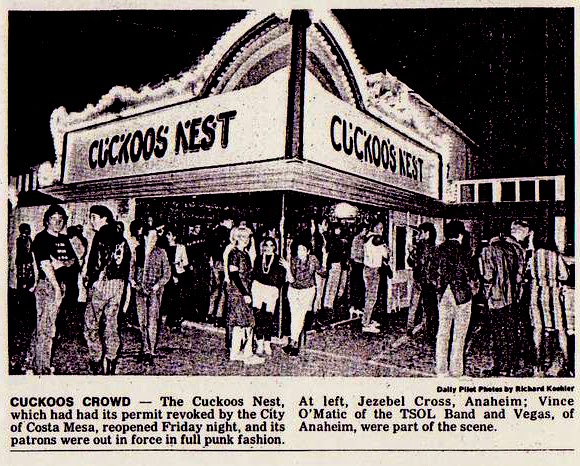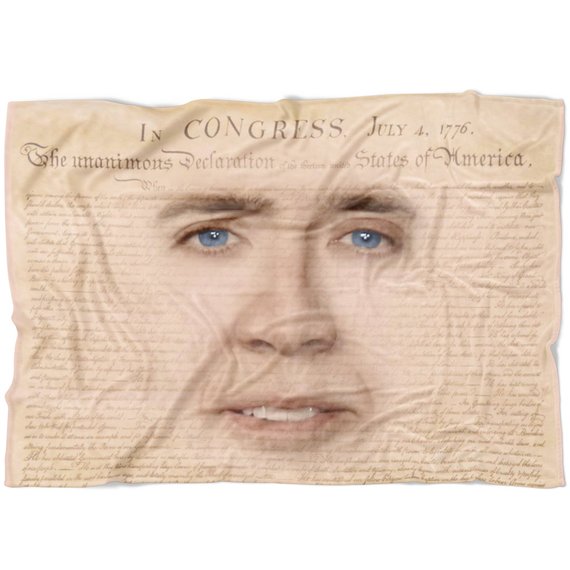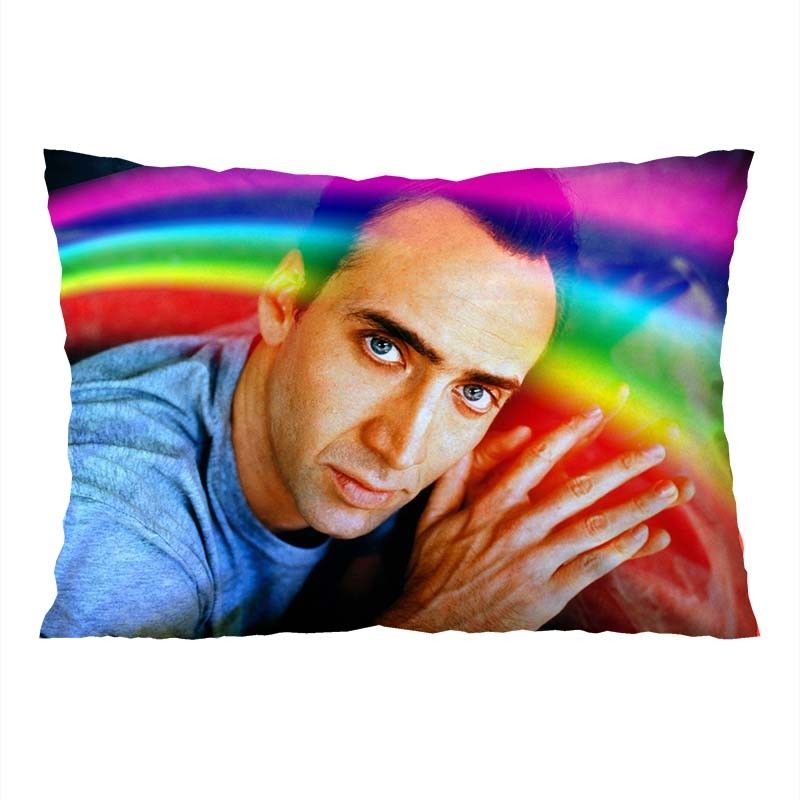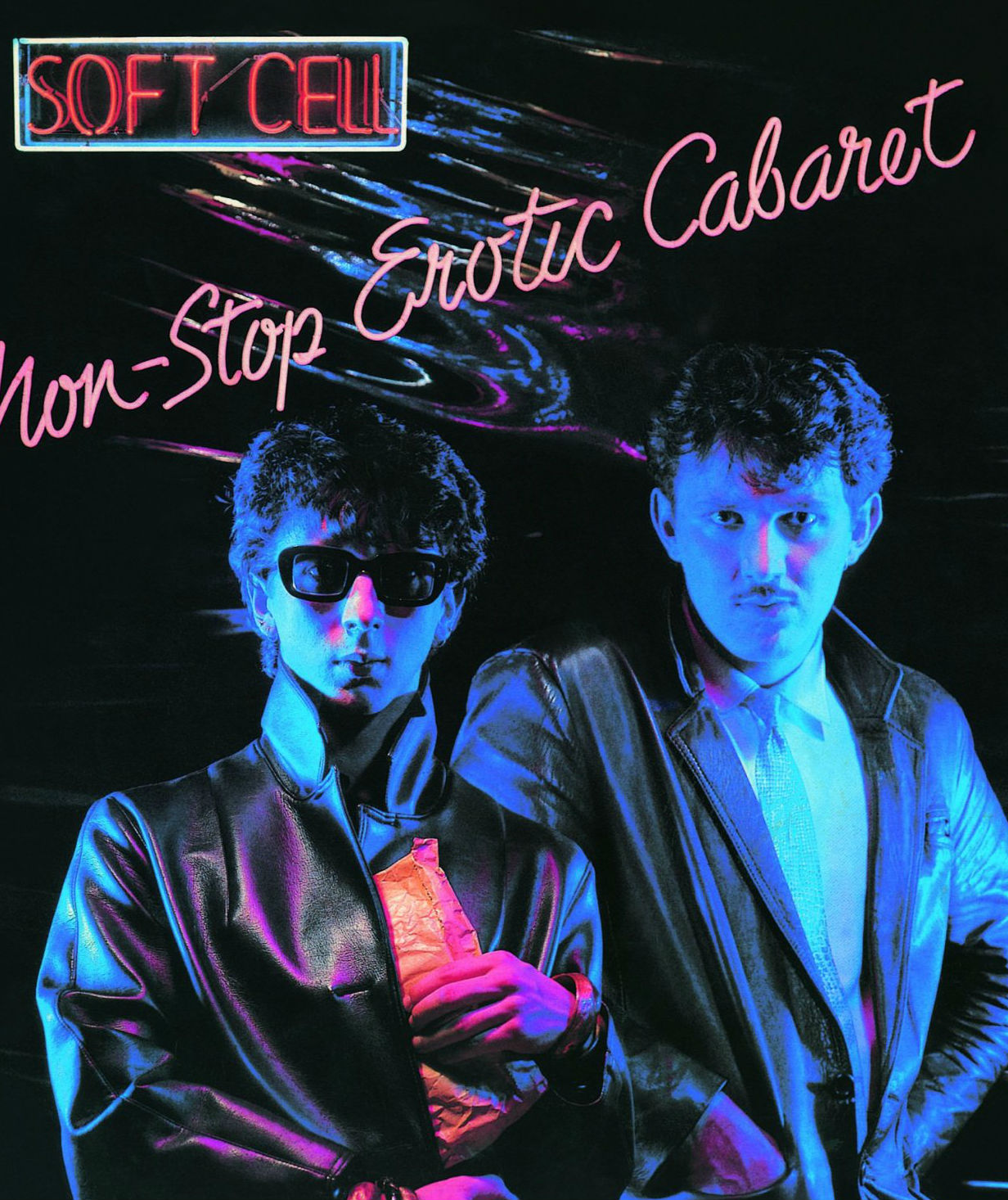
I’m a huge Soft Cell/Marc Almond fan and I have been ever since “Tainted Love” was a hit and their memorable 1982 Solid Gold TV appearance—where Marc beat the stage with a leather belt and generally camped it up bigtime—caused my father to become visibly agitated and angry. It was an incredibly subversive thing to see on such a goofy middle-of-the-road disco hits program—one that usually followed The Lawrence Welk Show or Hee-Haw on Saturday evenings, depending on where you lived—and I wholeheartedly approved.
From that point on, I had every Soft Cell album, EP, 12” remix, book, VHS, fan club issue, bootleg, you name it. I still have them all along with practically every Marc-related release, Dave Ball’s solo album, everything by The Grid and many things produced or remixed by Dave Ball. I even own the entire discography of Vicious Pink Phenomena. In short, I am not only qualified to properly evaluate their new career-summing box set Keychains and Snowstorms: The Soft Cell Story, I am squarely within the fanboy Venn diagram that this exhaustive compilation is meant to appeal to. Truly I am the target audience for this product by any metric.
Admittedly after the above preamble, it will probably come as no surprise to anyone who has read this far to find that I’m absolutely unashamedly nuts about this compilation. If you’ve only ever heard “Tainted Love” and are intrigued enough to still be reading, this box set might be for you. I’m admittedly biased but I think it’s the best thing I’ve heard all year. Let me count the ways…
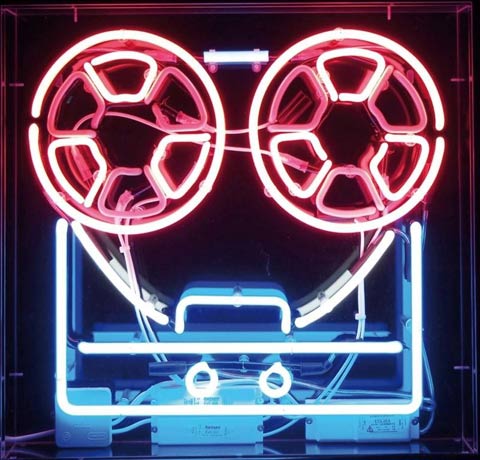
Soft Cell were—and still are—practically unknown in America. However true that statement might be, everyone in this entire country aged nine to 99 knows “Tainted Love” as it’s still played on oldies radio and in drugstores, shopping malls and supermarkets nationwide on a daily, even hourly basis. It’s playing in a CVS or a Walgreens location somewhere in America—if not several of them—right this very second. “Tainted Love” has never left the outer periphery of popular awareness since it first hit the American top ten in 1982. That song has a uniquely ubiquitous pop culture persistence, a staying power rivaled only by the likes of something by Fleetwood Mac or the Beach Boys, even if virtually no one on this side of the Atlantic has ever heard a second song by the duo who recorded it or could name the group themselves. (The more culturally savvy might have noticed the heartbreaking use of quite a long swatch of “Say Hello, Wave Goodbye” in the big final scene of series two of Master of None.) Anyway, think of that as an opportunity. If you are looking for something “new” to listen to, look no further.
It’s TEN discs. Freaking TEN discs from a band who have only released four proper albums in their career and if you already own those albums—and every Soft Cell fan does—almost nothing from those albums is repeated here. (The exception is that their 2001 reunion album, the annoyingly overlooked Cruelty Without Beauty—one of the finest “comeback” albums I can think of—is excerpted heavily here with the strongest tracks present plus three great numbers left off the album that would have made it an even better release. As few heard this album, I agree with this approach. Those songs are worthy and should be heard.)
There is very little (none really) overlap with last year’s similarly packaged Marc Almond career box. Speaking of, the packaging is glossy, sturdy and first rate. The design, by Philip Marshall, is elegant and slick. The extended essay by Simon Price is terrific, even someone who has followed the duo from the start will find much new information and insight into the creation of their music and the insanity of being shoved to the forefront of the global music industry the way these two were. It’s a great story, well told and a thoroughly good read.

Here’s a rundown of what’s on each disc.
Disc #1 has each of the 12” extended versions of their Phonogram singles. With most acts, this sort of thing holds no interest for me, however with Soft Cell the opposite is true. Their extended mixes had additional verses, and new instrumentation. Ball didn’t merely slice and dice their music like everyone else, he resculpted it and redid it in a radically different fashion from the 7” and album versions. I tend to hate remixes and find them generally speaking pretty useless as a listener, but not here.
Disc #2 has the B-sides from these 12” singles. They might have only released three albums during their first incarnation, but they actually did release a fair amount of material during their brief run, issuing several extended EPs and their B-sides were never throwaways… (“Tainted Dub/Where Did Our Love Go?” which leads off this disc is included in the Spotify playlist below selected by yours truly, along with several more tracks from this disc. Note the two John Barry compositions—“You Only Live Twice” and “007 Theme”—and Barry’s obvious influence on Dave Ball and the Soft Cell sound.)
Disc #3 consists of new extended mixes of less obvious tracks by Ball that utilize, with rare exception, solely the original master tapes from the era. I didn’t expect to like this disc as much as I did, but I did like it, very much. It also made a lot of sense in the overall sequencing of the set. It might seem like a daft comparison but the way the music is broken down into its component parts and reassembled throughout this entire set reminds me of Yabby You’s Conquering Lion album in the way that the constant repetition of certain themes and phrases start to sound almost like a symphony of sorts. The mixes here sounds “analog” and not like something some smartass did on a laptop.
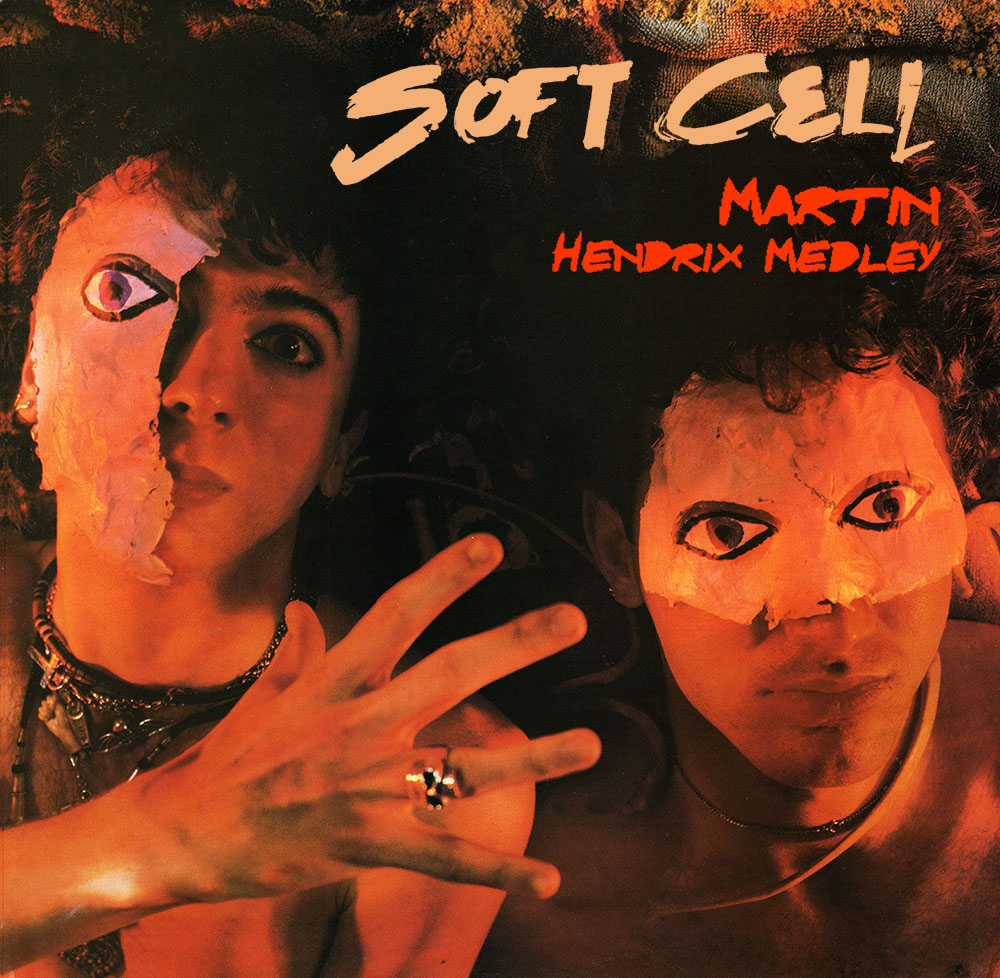
Disc #4 is the “curios” collection and includes the early classic “The Girl With the Patent Leather Face” along with things like their incredible “Hendrix Medley” (“Hey Joe”/“Purple Haze”/“Voodoo Chile” done ala Soft Cell will fry your mind) and the harrowing “Martin” based on the George Romero creepy loner vampire film. All of these, and the 7” edit of “Numbers”—AS IF a song based on a John Rechy novel was going to get played on the radio!!!—are included in the playlist below.
Disc #5 collects demos, early punky DIY experiments, some things recorded with MUTE’s Daniel Miller and their first release the Mutant Moments EP.
Disc #6 collects various radio sessions and the strongest tracks from their 2001 reunion album Cruelty Without Beauty. Also included are three additional tracks from those sessions that were not selected for the album, but perhaps should have been. “God Shaped Hole” is one of the best Soft Cell songs, period, so why was it left to languish on an obscure Some Bizarre compilation? (Listen for yourself as it’s included, along with their excellent cover of Frankie Valli’s “The Night,” in the playlist below.)
Much more after the jump…
Posted by Richard Metzger
|
09.28.2018
04:38 pm
|
